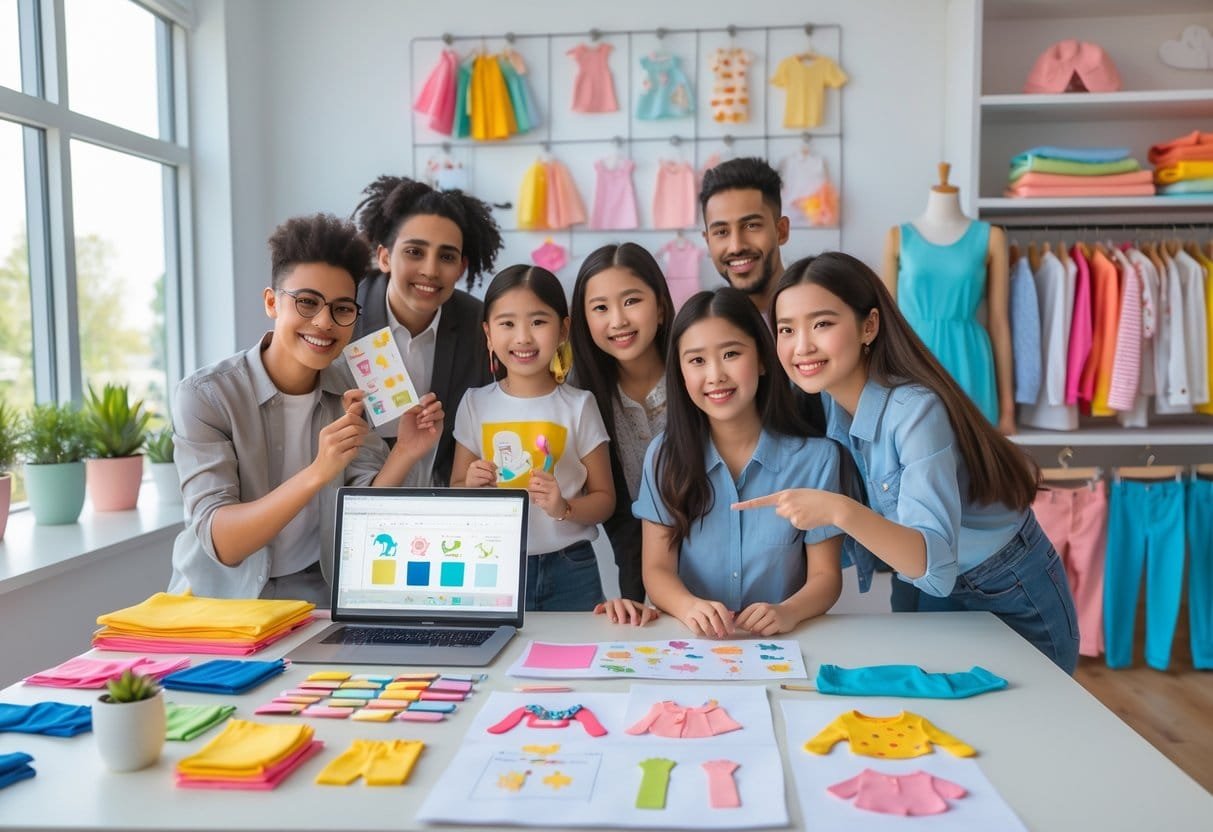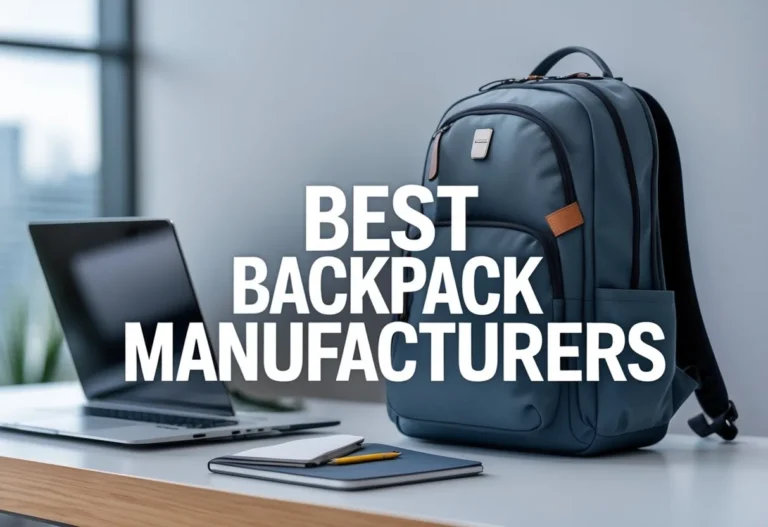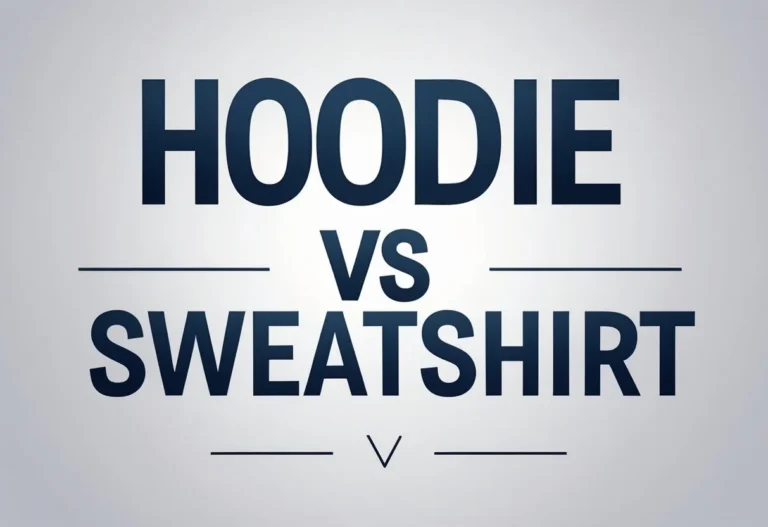How to Start a Kids Clothing Line: Step-by-Step Guide
How to Start a Kids Clothing Line can be a rewarding business if done right. It requires careful planning, understanding the market, and creating designs that meet the unique needs of children and their parents. The key to success lies in researching the market, identifying a clear target audience, and offering clothing that balances comfort, safety, and style.

Choosing the right niche helps a brand stand out in a crowded marketplace. By focusing on specific age groups, styles, or occasions, the brand can better connect with buyers. Building an online presence and partnering with reliable manufacturers will also support growth and customer satisfaction.
Careful attention to quality, safety standards, and thoughtful marketing strategies will help the clothing line build trust and attract loyal customers. Each step lays the foundation for a sustainable and recognizable kids fashion brand.
Key Takeways
- Successful kids clothing lines start with solid market research and clear audience focus.
- Designs must prioritize comfort, safety, and style suitable for children.
- Strong branding and reliable production are crucial for long-term growth.
Market Research for Kids Clothing

Thorough market research helps identify trends, competitors, and opportunities in the children’s clothing market. Understanding these elements supports making informed decisions and shaping a kids clothing line that meets real consumer needs.
Analyzing Children’s Fashion Trends
Tracking children’s fashion trends is essential to meet the evolving preferences of kids and parents. Trends often include popular colors, prints, and styles like athleisure, eco-friendly fabrics, or vintage-inspired designs. Staying updated with trade shows, fashion blogs, and social media focused on kidswear provides insights into what children and parents want.
Comfort, safety, and durability remain top considerations in baby and children’s clothing lines. Designs should balance style with practicality, using natural fabrics like cotton and avoiding harmful embellishments. Recognizing these trends helps create clothing lines that attract attention and meet functional needs.
Identifying Competitors in Kidswear
Competitor analysis reveals the strengths and weaknesses of existing children’s clothing brands. Examining local and online kids clothing lines helps identify gaps and areas to differentiate. This includes studying product types, pricing, quality, and marketing approaches competitors use.
It is important to note who targets parents, children, or both. Some brands focus on budget-friendly apparel while others cater to premium or eco-conscious markets. Recognizing competitors’ niches allows a new label to position itself uniquely and avoid direct clashes in crowded segments.
Assessing Demand and Market Gaps
Assessing demand involves understanding what parents and children want but aren’t getting enough of. This might be specific age ranges, styles, or features like hypoallergenic fabrics or customizable designs. Market gaps can also emerge from underserved locations or special occasions like holiday or schoolwear.
Surveys, customer feedback, and industry reports provide data on spending habits and preferences. Identifying unmet needs supports crafting a children’s clothing line that fills market voids, offering products with clear value and appeal in a growing kids apparel industry.
Defining Your Niche and Target Audience

Starting a kids clothing line requires clear decisions about who the products are for and what specific needs they meet. This clarity helps focus design, marketing, and production efforts. Key factors include age groups, buyer profiles, and what sets the brand apart in the market.
Understanding Age Segments and Buyer Demographics
Kids clothing covers a wide age range, from newborns to teenagers. Each segment has different needs, such as softness and safety for babies or style and durability for older kids. Age groups often break down into:
- Babies (0-12 months): Focus on comfort, gentle fabrics, and easy-to-use fasteners.
- Toddlers (1-3 years): Prioritize mobility, durability, and stain resistance.
- Older kids (4+ years): Trend-conscious designs, seasonal wear, and self-expression.
Buyers are usually parents, but sometimes gift buyers or older children influence choices. Understanding who pays and who chooses is essential for product and marketing direction.
Selecting a Focus: Baby, Toddler, or Older Kids
A children’s clothing line benefits from focusing on a specific age range. A baby clothing business, for instance, requires knowledge of materials safe for sensitive skin and designs that simplify dressing.
Toddler clothing emphasizes wear and tear, with features like adjustable sizes and easy-clean fabrics. For older kids, the focus often shifts to trendy and customizable options. Concentrating on one group helps meet their specific needs better and avoids spreading resources too thin.
Establishing Your Unique Selling Proposition
A unique selling proposition (USP) is what makes a brand stand out in a crowded children’s clothing line market. This could be organic materials, affordability, unique designs, or ethical production.
Brands should answer:
- What specific benefit does the clothing offer?
- How does it differ from competitors?
- Why will parents or children prefer it?
A clear USP guides marketing and builds brand loyalty by meeting real needs, whether through sustainability, comfort, or style.
Designing and Branding Your Kids Clothing Line

Design and branding are key parts of creating a successful children’s clothing business. Thoughtful design ensures comfort and style, while a strong brand helps build trust and loyalty among parents and kids. Careful choices in materials and a clear brand identity set a kids clothing line apart in a competitive market.
Creating Distinctive Designs for Children
Designs should balance fun, comfort, and practicality. Children’s clothing needs to allow for easy movement and quick changes. Using playful themes like animals, bright colors, or simple patterns grabs kids’ attention, while keeping cuts simple helps parents.
Including features like adjustable waistbands or stretchy fabrics increases usability. Parents often look for durability and ease-of-care in children’s fashion. Designs that mix whimsical elements with functionality tend to perform well.
Matching sets, pun-based prints, or nature-inspired motifs can appeal to different tastes. Creating visually engaging but safe clothing prevents hazards like loose buttons or small parts.
Choosing Fabrics and Materials
Fabric choice impacts comfort, safety, and longevity. Natural fibers like cotton, linen, and bamboo are preferred for softness, breathability, and hypoallergenic properties. These help protect sensitive baby skin and reduce irritation.
Durability is important since kids’ clothes face rough use and frequent washing. Materials should resist wrinkles and hold shape. Avoid synthetic or harsh fabrics that can irritate or cause allergies.
It’s beneficial to use organic or eco-friendly fabrics. These materials attract parents who value sustainability and child safety. Prioritizing soft textures and easy care features enhances customer satisfaction.
| Fabric Type | Benefits | Considerations |
|---|---|---|
| Cotton | Soft, breathable, durable | Can shrink if not prewashed |
| Linen | Lightweight, natural cooling | Wrinkles easily |
| Bamboo | Hypoallergenic, eco-friendly | Costs can be higher |
| Organic Cotton | Chemical-free, skin-friendly | Usually pricier |
Building a Strong Brand Identity
A strong brand speaks to both parents and children. It reflects the values of comfort, quality, and style while creating emotional connections. Clear messaging, consistent visual elements, and a memorable logo help build recognition.
Brands should position themselves around a niche, such as organic baby clothes or trendy, affordable kidswear. This focused approach makes marketing easier and draws loyal customers.
Engaging storytelling about product origins, safety standards, or design inspiration builds trust. Using child-friendly visuals that appeal to kids, combined with professionalism that reassures parents, creates a balanced brand identity.
Social media presence and packaging consistency also reinforce the brand experience, encouraging repeat purchases and referrals.
Sourcing Manufacturers and Suppliers

Finding the right manufacturers and suppliers is essential for producing quality children’s clothing. It involves identifying trustworthy partners, comparing different production methods, and carefully managing the sampling and production process.
Finding Reliable Kids Clothing Manufacturers
He or she should start by researching manufacturers who specialize in kids clothing or baby clothing lines. Reliable manufacturers must meet safety standards, such as using CPSIA-certified fabrics in the U.S. It’s important to check their experience with children’s clothing to ensure age-appropriate designs and materials.
Online directories, trade shows, and industry referrals are good sources to find manufacturers. Communicating clearly about order size, pricing, and timelines helps in choosing a partner that matches the business needs. Trust and quality certifications are key factors to consider before committing.
Evaluating Sourcing Options and Production Methods
When choosing suppliers, it’s important to compare domestic and overseas options. Domestic manufacturers offer faster turnaround and easier communication but may have higher costs. Overseas factories can provide lower prices but require more oversight.
Production methods vary from small-batch runs to large-scale manufacturing. Starting small allows for testing demand and adjusting designs. Bulk orders reduce cost per piece but carry more risk if the product does not sell well. The choice depends on the business size, budget, and growth plans.
Obtaining Samples and Managing Production
Before finalizing production, obtaining samples is critical. Samples allow for checking fabric quality, fit, and workmanship. After sample approval, he or she should maintain clear communication with the manufacturer to avoid errors.
It is important to set production milestones and monitor progress. They should also build contingency plans for delays or defects. Proper quality control reduces waste and protects the brand’s reputation, especially in a competitive children’s clothing market.
Legal and Regulatory Considerations

Starting a kids clothing line requires careful attention to legal steps and safety rules. Doing this right protects the business and builds customer trust. Important parts include setting up the business legally, following safety laws for children’s garments, and protecting the brand name.
Registering Your Clothing Business for How to Start a Kids Clothing Line
Before selling baby clothes or kidswear, the business must be officially registered. This includes choosing a legal structure such as a sole proprietorship, LLC, or corporation. Each has different tax and liability effects.
Next, registering the business name is essential. This prevents others from using the same name and helps in building brand identity. The business must also obtain federal and state tax IDs needed for tax reporting.
Licenses and permits vary by location but often include sales tax permits and health or safety certificates. These documents show the business meets local and national laws to operate legally.
Understanding Kidswear Safety Standards
Children’s clothing must meet strict safety standards to protect buyers and avoid legal fines. These standards address hazards like choking, flammability, and harmful chemicals in fabrics.
Manufacturers must use safe materials that do not irritate sensitive skin. Garments should avoid small parts, like loose buttons, which can be dangerous for babies and young children.
Labeling requirements must also be followed. Tags need clear washing instructions and fiber content. This helps parents care for clothes safely and meet safety regulations.
Trademarking Your Brand for How to Start a Kids Clothing Line
Trademarking the brand name and logo is vital for a kids clothing line. This protects the brand from being copied by other businesses.
The trademark application process involves searching existing trademarks to avoid conflicts. Once applied for, it can take several months for approval.
A registered trademark gives the owner exclusive rights to use the brand on children’s clothing. It also makes it easier to take legal action against counterfeit or unauthorized sellers.
Using a trademark symbol (™ or ®) reinforces brand legitimacy and builds customer confidence in the kids clothing store.
Launching and Marketing Your Kids Clothing Brand

Launching a children’s clothing store requires building the right sales platforms and attracting customers effectively. It also means connecting with parents and creating a loyal community that supports the kids clothing line over time.
Setting Up Sales Channels and Online Store for How to Start a Kids Clothing Line
Choosing the right sales channels is critical for visibility and sales. Creating an online store using platforms like Shopify, Wix, or WooCommerce lets the brand showcase baby clothes and kids clothing easily. Integration with print-on-demand providers can reduce inventory risk if they opt for that model.
Marketplaces like Etsy, Amazon, and eBay offer access to large customer bases but come with fees and competition. Combining a brand’s website with these marketplaces can maximize reach.
The online store should clearly display product details, sizes, and care instructions. Mobile-friendly design and easy checkout improve buyer experience, encouraging return purchases.
Developing a Marketing Strategy for How to Start a Kids Clothing Line
A focused marketing strategy targets parents and caregivers who make purchasing decisions. Using social media ads on Facebook, Instagram, and TikTok can highlight product features such as comfort, safety, and style in children’s clothing.
Content marketing through blogs or videos about children’s fashion trends and parenting tips builds trust. Seasonal promotions timed around holidays or back-to-school periods boost sales and brand awareness.
Email marketing campaigns with exclusive offers keep customers engaged. Tracking campaigns using analytics helps refine strategies and allocate budgets effectively.
Engaging with Parents and Building Community
Building community around a baby clothes business strengthens brand loyalty. Parents value brands that listen to feedback and foster connections through social media groups or forums.
Hosting online events, contests, or giveaways encourages interaction and sharing. Collaborations with parenting blogs or influencers who focus on children’s lifestyle expand the brand’s reach authentically.
Encouraging customers to share photos of their kids wearing the clothes creates a sense of belonging. Offering excellent customer service and personal touches like customized packaging deepens relationships and builds repeat business.
Frequently Asked Questions
How to Start a Kids Clothing Line involves several clear steps. From planning and sourcing materials to budgeting and choosing the right sales platforms, each stage requires careful decisions. Understanding these basics helps build a strong foundation for the business.
What are the initial steps to launching a kids clothing business from home?
First, research the kids’ fashion market and find a niche. Define the target audience, focusing on parents since they make buying decisions.
Next, design a simple collection emphasizing comfort, safety, and style. Finally, create a basic business plan including marketing, production, and fulfillment plans.
What are some strategies for sourcing materials for a children’s apparel line?
Start by looking for reliable wholesale suppliers who specialize in kids’ clothing fabrics and accessories.
Consider local manufacturers and online marketplaces like Alibaba for bulk orders. For custom or limited runs, print-on-demand services offer flexibility without holding inventory.
How can one start a kids clothing line with a limited budget?
Use print-on-demand services to avoid upfront inventory costs. This lowers financial risk as materials and printing happen only when orders come in.
Focus on digital marketing and social media to reach customers cheaply. Ordering small sample runs can help check quality without large investments.
What is the potential profitability of a children’s clothing business?
Children’s clothing is a large, growing market driven by constant demand for new clothes as kids grow.
Profitability depends on factors such as pricing strategy, production costs, and effective marketing. Direct-to-consumer sales often yield higher profit margins than wholesale.
What online platforms are best for selling a kids clothing line?
Shopify is popular for building an easy-to-manage online store. Etsy suits brands that offer handmade or customized kids’ clothes.
WooCommerce is good for those ready to scale, and social media platforms like Instagram and TikTok help engage customers through visual content.
How much capital is typically needed to begin a kids clothing business?
Starting costs vary widely based on business model. Print-on-demand requires minimal capital, sometimes under $500 for design and marketing.
Wholesale or self-fulfillment models often need several thousand dollars for inventory, samples, and setup. Budget should also include marketing and website expenses.







